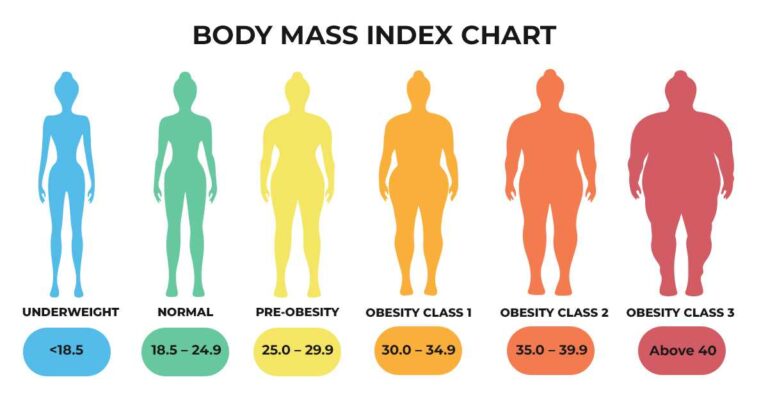- Our Services
A non-invasive endoscopic procedure (non-surgical) done quickly and painlessly.
The stomach is divided into a small upper pouch and a much larger lower “remnant” pouch.
This is a minimally invasive procedure where 75% of the stomach is removed.
Focuses on correction of poor eating habits to create a new and healthier lifestyle.
This is a rejuvenating and cleansing method of the entire bowel system. (oral administration)
Discover the connections between obesity and a spectrum of other health challenges
- About Us
- BMI Calculator
- Our Community
- FAQs
- Blog
- Contact Us
- Our Services
A non-invasive endoscopic procedure (non-surgical) done quickly and painlessly.
The stomach is divided into a small upper pouch and a much larger lower “remnant” pouch.
This is a minimally invasive procedure where 75% of the stomach is removed.
Focuses on correction of poor eating habits to create a new and healthier lifestyle.
This is a rejuvenating and cleansing method of the entire bowel system. (oral administration)
Discover the connections between obesity and a spectrum of other health challenges
- About Us
- BMI Calculator
- Our Community
- FAQs
- Blog
- Contact Us
Check your BMI


What is BMI?
BMI is a measurement of a person’s leanness or corpulence based on their height and weight, and is intended to quantify tissue mass. It is widely used as a general indicator of whether a person has a healthy body weight for their height. Specifically, the value obtained from the calculation of BMI is used to categorize whether a person is underweight, normal weight, overweight, or obese depending on what range the value falls between.
When should BMI be used?
The calculation of BMI can be used for males and non-pregnant females between the ages of 18 and 65. Although BMI is calculated for children in exactly the same way as for adults, the results are used in an entirely different way and for that reason a standard BMI calculator should not be used for those under the age of 18
BMI calculations are also unsuitable for those who have developed significant amounts of muscle mass through physical exercise, as the results will tend to indicate higher levels of body fat than is actually the case.
Does BMI measure body fat?
BMI does not directly measure body fat. BMI is a proxy measure of body fat based on the variables of weight and height, and as such it provides an estimation only. Because BMI does not provide a direct measure of body fat, its use is confined to certain people. For example, it should not be used for pregnant females, for people under the age of 18 or over the age of 65, or for those who have developed significant muscle mass through physical activity.
Is gender a factor in BMI?
Yes, gender is a factor in BMI, even though the World Health Organisation (for simplicity) uses the same BMI categories and ranges for both males and females. However, it is well documented that women tend to carry higher levels of stored fat than men1,2. For women with a BMI in the healthy weight range, fat comprises around 15% to 20% of total body weight, whereas the corresponding percentages in men are 10% to 15%. The reason why women tend to carry more fat than men is the biological expectation of pregnancy, and the imperative to nourish the feotus.
© Copyright 2023 by Nairobi Bariatric Center All Right Reserved.











